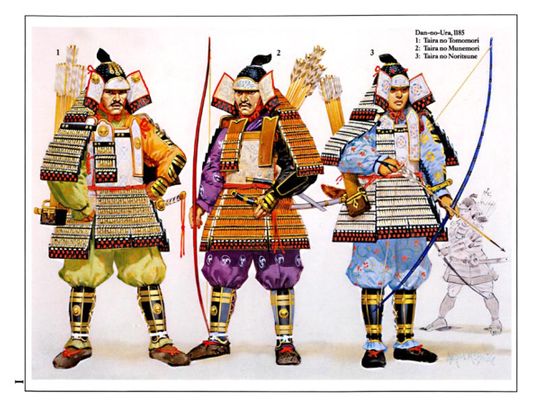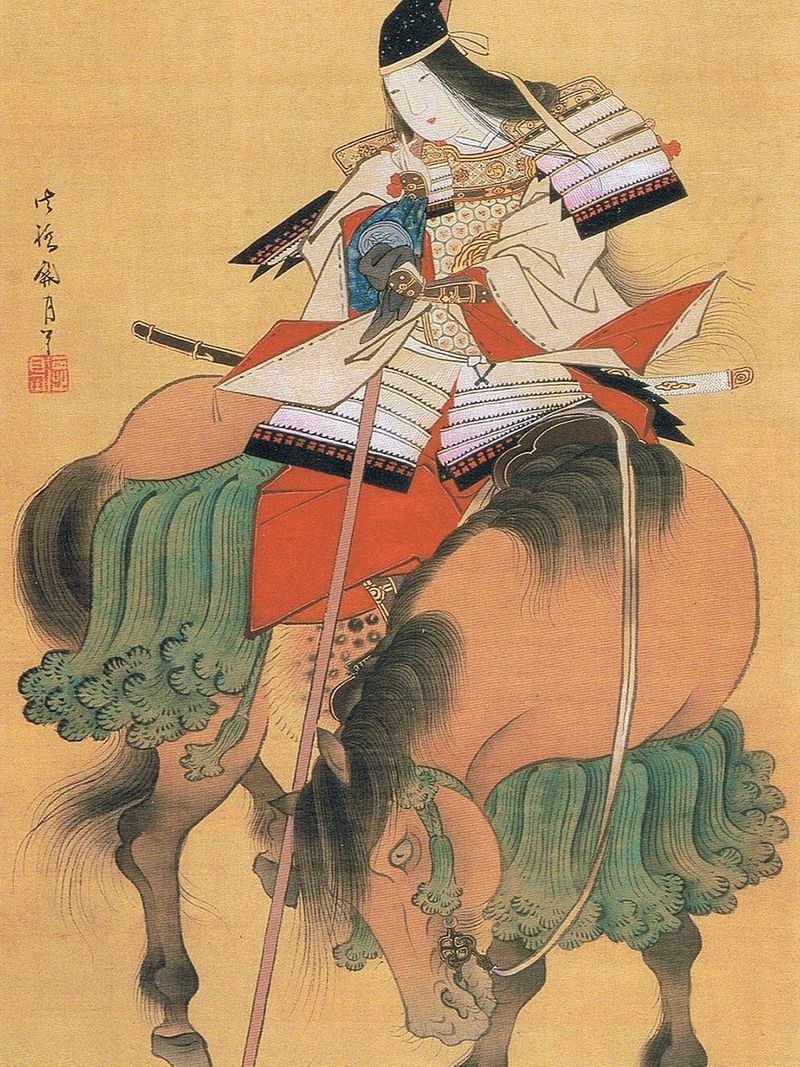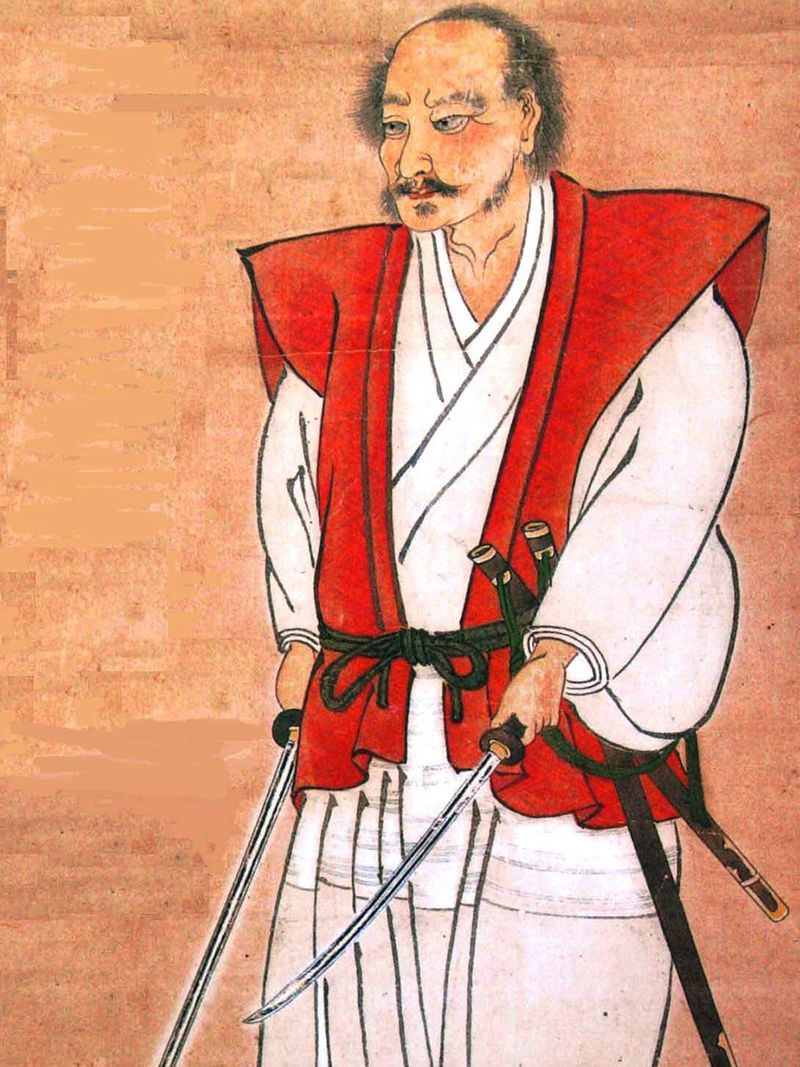
Japan’s elite warrior class, the samurai, have captured people’s imaginations for decades. But just how true are the depictions we see in films and read in books?
Click start to play today’s Crossword, where samurais feature in one of the clues.
As warriors of pre-modern Japan, samurais evolved to become the ruling military class in the Edo period, between 1603 to 1867. They followed an unwritten code of conduct, called bushido, which ensured that the samurai practiced loyalty, self-discipline, bravery, honour, and skill.
Here are three samurai who are still remembered for being elite warriors:
1. Tomoe Gozen

It may surprise most people to learn that Gozen, known as Lady Tomoe, was a woman warrior. According to a July 2022 report in the National Geographic, Gozen was described in the fictionalised history book, The Tale of the Heike, as “a fearless rider whom neither the fiercest horse nor the roughest ground could dismay, and so dexterously did she handle sword and bow that she was a match for a thousand warriors…” Gozen was a captain in the 12th century Genpei War, between two powerful clans, and was responsible for leading over 1,000 cavalries. She survived a battle of 300 against 6,000, and was said to have collected opponents’ heads like postage stamps. Her sheer strength and courage on the battlefield led her to emerge as a popular figure in ukiyo-e prints and kubuki plays, long after she became part of history.
2. Yasuke
Another samurai who would come as a surprise to most people, is Yasuke, an African slave who was brought to Japan in 1579 by a missionary. Since no one had seen a black person in the country before Yasuke, his presence caused a stir. He was summoned to the most powerful warlord of the day, Oda Nobunaga, who was so taken by his strength and size (he was 6’2”), that he made him his personal bodyguard. In 1581, Yasuke received the title of samurai, and went on to become Nobunaga’s favoured sword bearer.
3. Miyamoto Musashi

Although he never owned lands or served a lord as a formal samurai, Musashi was known for being an undefeated duellist. He triumphed in at least 60 duels, and founded several schools of swordsmanship. His book, The Book of Five Rings, is still read today in Japan, for insight into tactics and philosophy. Musashi won his first duel at age 12, after brazenly accepting a challenge from a travelling samurai. He surprised him with a sudden attack with a wooden pole, and managed to kill him. Later on, Musashi travelled Japan in a warrior pilgrimage, or musha shugyo, duelling masters from various schools. In one such famous duel against swordsman Sasaki Kojiro, Musashi intentionally arrived on the island nearly three hours late, and in a fierce but brief duel, defeated Kojiro with a wooden sword he had carved from an oar on his way to the island. Musashi is also best known for his two-sword Niten Ichi-ryu style, which he mastered – it caused him to become a popular figure in public imagination and pop culture.
What do you think of these samurai? Play today’s Crossword and tell us at games@gulfnews.com.



